
- •Лекция 1. Вводно-коррективный курс План
- •1.Фонетический строй английского языка. Звуки. Буквосочетания.
- •Буквосочетания гласных
- •2. Английский алфавит
- •3. Чтение ударных и безударных гласных.
- •Четыре типа ударных слогов
- •2.Прочитайте слова и объясните, по каким правилам они читаются.
- •3. Выпишите слова в соответствии с правилами чтения типов слогов в четыре колонки.
- •4.Части речи Parts of speech
- •5.Местоимения Pronouns
- •6. Спряжение глагола to Be
- •7.Множественное число
- •7.Прочитайте вслух существительные, обращая внимание на произношение окончания множественного числа. Read the words aloudpaying attention to endings
- •8.Напишите данные существительные во множественном числе.
- •9.Догадайтесь о значении пар слов, если необходимо воспользуйтесь словарем. Выучите слова. Напишите их во множественном числе.
- •8.Притяжательный падеж
- •11.Заполните пробелы подходящими местоимениями
- •9. Использование артикля в английском языке
- •15.Вставьте артикль, где необходимо.
- •16.Вставьте артикль, где необходимо.
- •17.Вставьте артикль, где необходимо.
- •10. Глагол to be в Simple Past.
- •20.Переведите на английский язык, употребляя глагол to be в Present, Past..
- •Тема 2.
- •1.Название стран мира, национальностей и названий языков мира.
- •2. Английский язык - язык мирового общения.
- •3.Оборот there is / there are
- •5.Типы вопросительных предложений
- •Вопрос к подлежащему
- •6.Артикли с географическими названиями
- •Задания для самостоятельной работы
- •Литература
- •Тема 3. Великобритания План
- •1.Страдательный залог ( Passive Voice)
- •2.Географическое положение Великобритании.
- •3.Государственное устройство Великобритании
- •4. Монархия и Королева
- •Задания для самостоятельной работы
- •Литература
- •Тема 4.
- •1.Географическое положение и государственное устройство сша.
- •2. Символы сша.
- •II. Закончите предложения.
- •Тема 5.
- •Тема 6.
- •1.Географическое положение и государственное устройство Австралии
- •2.Страдательный залог времени Past Simple
- •3. Предлоги времени
- •4.Географическое положение и государственное устройство Новой Зеландии.
- •5.Словообразование прилагательных.
- •Тема 7 Корреспонденция: дружественное письмо План
- •1.План дружественного письма.
- •3.Словообразование глаголов
- •Литература
- •Тема 8. Устройство на работу План
- •Твоя профессия.
- •2. Приглашение новых работников.
- •3. Фразеологические единицы.
- •4. Количественные и порядковые числительные.
- •5. Глагол have, have got.
- •Литература
- •Дополнительная:
- •Тема 9. Типы компаний и должности Содержание темы:
- •Отделы компании.
- •Должности.
- •Блок-схема организации.
- •Типичный рабочий день.
- •Литература
- •Дополнительная:
- •Тема 10. Деловая корреспонденция
- •Литература
Тема 2.
Англо – говорящий мир
План
Название стран мира, национальностей и названий языков мира.
Английский язык - язык мирового общения.
Оборот there is/ there are.
The Present Simple Tense.
Типы вопросительных предложений
Артикли с географическими названиями
1.Название стран мира, национальностей и названий языков мира.
Look at the map and name the countries you can see in the pictures. Start your sentences as in the example:
E.g.: I can see Spain in picture A.
A)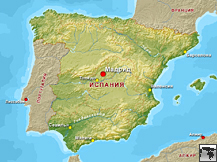 B)
B)
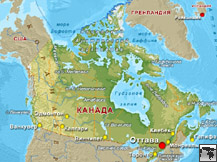
C)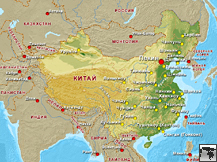 D)
D)
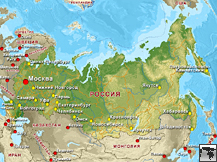
E)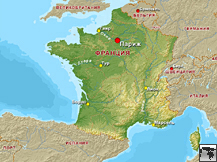 F)
F)

G)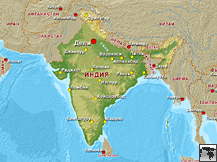 H)
H)
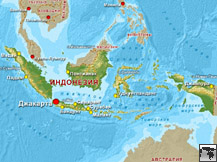
I)
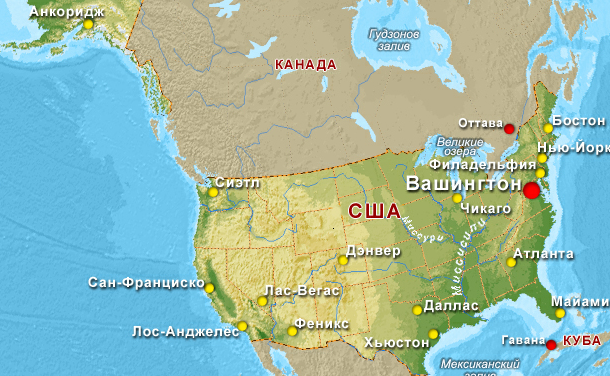 J)
J)
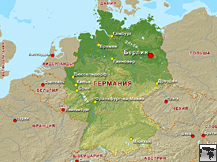
K)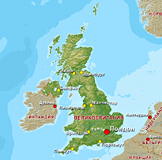 L)
L)
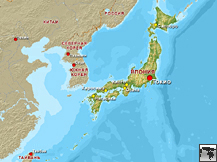
Remember and say in what countries people speak the English language
Look at the map of the English-speaking world. Check up your answers.
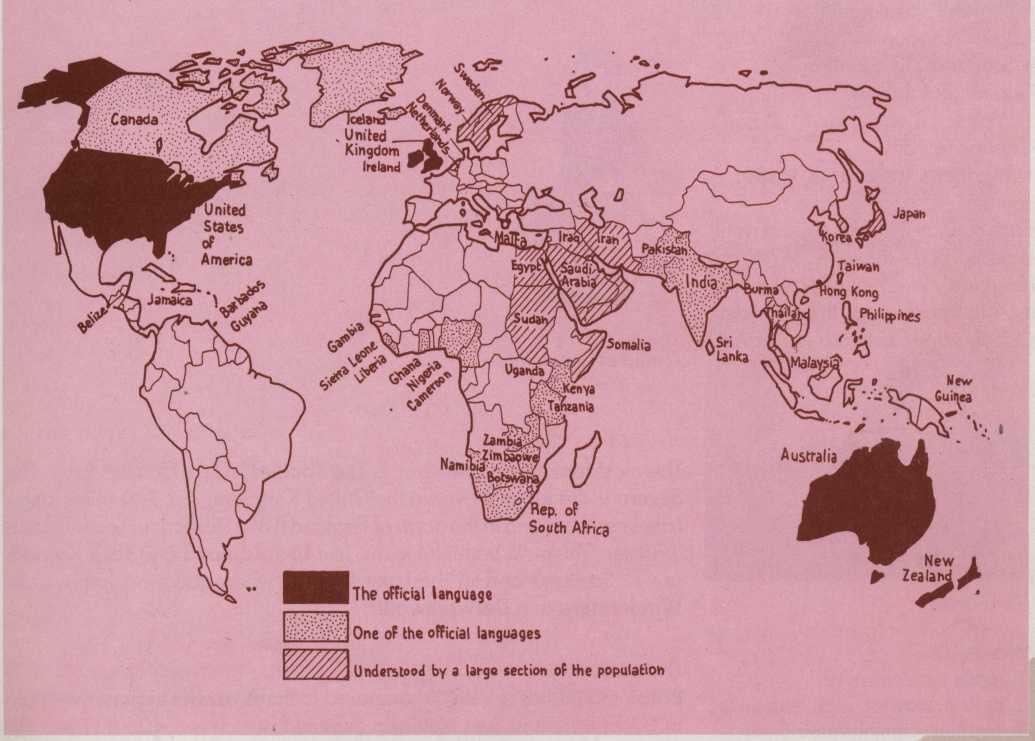
Combine the following words into sentences.
Model : The English live in England. They speak English. |
|
|||
nationality |
country |
language |
||
The
|
Australians Austrians Chinese Danes Dutch Finns French German Greeks Irish Italians Japanese New Zealanders Norwegians Russians Scots Spaniards Swedes Swiss Welsh
|
France Austria Denmark Finland Germany Ireland Australia Holland Norway Russia Scotland Greece Wales Italy Spain Sweden China Switzerland Japan New Zealand |
English French Danish Greek Russian German English and Irish Italian Japanese Finish Norwegian Scottish Spanish Swedish Chinese English and Welsh Dutch |
|
2. Английский язык - язык мирового общения.
Pre – reading task
Do you know:
a) how many different languages there are in the world;
b) which varieties of English people speak in the world and in what countries they are spoken.
Read and translate the text.
The English Language
English is the second most widely spoken language in the world (the first is Chinese) and it is the most popular. It is the official language of the United Kingdom, Ireland (Eire), the United States of America, Canada, Jamaica, South Africa, Australia and New Zealand and it is widely spoken in India and the Philippines.
It is the language of international business and science, of aviation and shipping. It is the language of computer science, of sport and politics. About one third of the world speaks English.
Varieties of English
As so many people speak English in so many different countries, there are many different "English languages." One English is Standard English or Queen's English. This is still the most common form on the radio and TV, but the prejudice against regional accents is fading. American English is the variety of English spoken in the United States of America. It is different from English in pronunciation, intonation, spelling, vocabulary and sometimes even in grammar.
An Englishman goes to the town centre to see a film while an American goes downtown to see a movie. If an Englishman needs a pen he would ask you: "Have you got a pen, please?", but an American would say: "Do you have a pen?" On the right there is a list of the most common words which are in the two "English languages."
Some American words were borrowed from the language of the Indians; these are words such as canoe, moccasins, opossum, raccoon1, tapioca and toboggan2.
Note: 1. raccoon : small, furry animal
2. tobogan: sleigh, used on snow
3. settler: someone who colonizes a new country
4. chowder: shell-fish soup
From Dutch settlers3 the first colonists borrowed boss and cookie, and from the French chowder4 and bureau.
Retell the text
Make up questions and answer them.
The Pyramids – Brazil?
The Taj Mahal – India?
A: Are the Pyramids in Brazil?
B: No, they aren’t. They ‘re in Egypt.. Is the Taj –Mahal in India?
C: Yes, it is.
The Sydney Opera House – Canada?
The Eiffel Tower – Italy?
Big Ben – England?
The Parthenon – Poland?
The White House – the USA?
St Basil’s Cathedral – Russia?
The Statue of Liberty – the USA?
Madam Tussaud’s Museum – France?
Nelson column – Sweden?
British Museum - Ireland?
